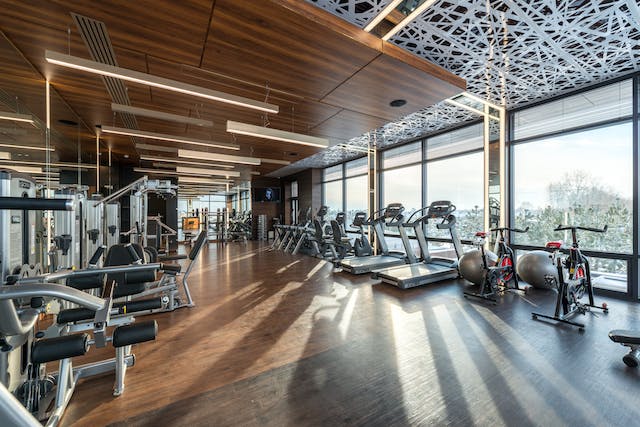
Building Your Own Gym: A Complete Guide from Concept to Reality
Launching a gym is an ambitious venture that requires careful planning, precise execution, and a deep understanding of the fitness industry. Whether you’re envisioning a bodybuilding haven, a CrossFit box, a powerlifting stronghold, a spin studio, or a general fitness facility, it’s crucial to tailor your approach to meet the diverse needs of different fitness communities.
1. Thorough Research and Planning
Understanding the nuances of various fitness niches is vital. Bodybuilding gyms may prioritize heavy-duty equipment and space for free weights, while CrossFit gyms might need versatile rigs and open areas for functional movements. Powerlifting gyms may focus on robust platforms and heavy lifting zones, while spin studios require specialized bikes and multimedia setups.
Managing the opening schedule meticulously is crucial. Allocate time for permitting and construction, ensuring sufficient space and access. Plan the installation of gym flooring and turf, allowing adequate adherence time before equipment installation. This strategic sequence prevents disruptions and optimizes gym setup efficiency.
2. Scouting the Perfect Location
Choosing the right location involves aligning with your target audience’s preferences and accessibility. If your gym caters to a particular niche, consider proximity to residential areas or business districts where your potential members reside or work. For specialized studios like spin or CrossFit, accessibility and visibility play a pivotal role in attracting clientele.
3. Securing Financing and Equipment Selection
Acquiring financing tailored to your gym’s specific needs is essential. Different fitness niches require different types of equipment. Ensure to allocate budget for specialized equipment such as Olympic lifting platforms, rigging systems, spin bikes, or power racks, depending on your gym’s focus.
4. Construction and Design Considerations
During the construction phase, pay meticulous attention to detail. Work closely with contractors to ensure proper installation of flooring and turf. This is crucial, especially for specific areas like functional training spaces, which demand high-quality, non-slip surfaces.
5. Marketing Strategies and Branding
Implementing an effective marketing strategy involves leveraging social media platforms. Engage potential members by showcasing your gym’s progress, special features, and unique offerings. Engaging with local influencers can amplify your gym’s visibility and credibility within the fitness community.
For effective marketing, collaborating with local influencers can significantly impact your gym’s visibility. Partnering with fitness enthusiasts or trainers with a strong social media presence helps reach your target audience. Sharing photos and progress updates with gym equipment suppliers not only establishes rapport but also provides opportunities to be featured in their publications and websites, expanding your gym’s reach.
6. Staffing and Member Recruitment
Recruiting qualified staff who align with your gym’s philosophy and niche is vital. Tailor recruitment strategies to attract trainers or instructors well-versed in the specific fitness discipline your gym caters to, thereby enhancing member experience and satisfaction.
In Conclusion, opening a successful gym tailored to specific fitness niches demands attention to detail, strategic planning, and a customer-centric approach. By incorporating these specialized strategies into your plan, you’re one step closer to turning your vision of a thriving fitness facility into a reality.
The good news is that you are not alone. By leveraging the experience of qualified suppliers, you can navigate this journey more smoothly. We are proud to be a one-stop-shop for owners building their private or commercial fitness facilities and can help you plan your project schedule, plan your gym layout, source world class new or refurbished equipment, arrange financing and installation. Click here to get started!
